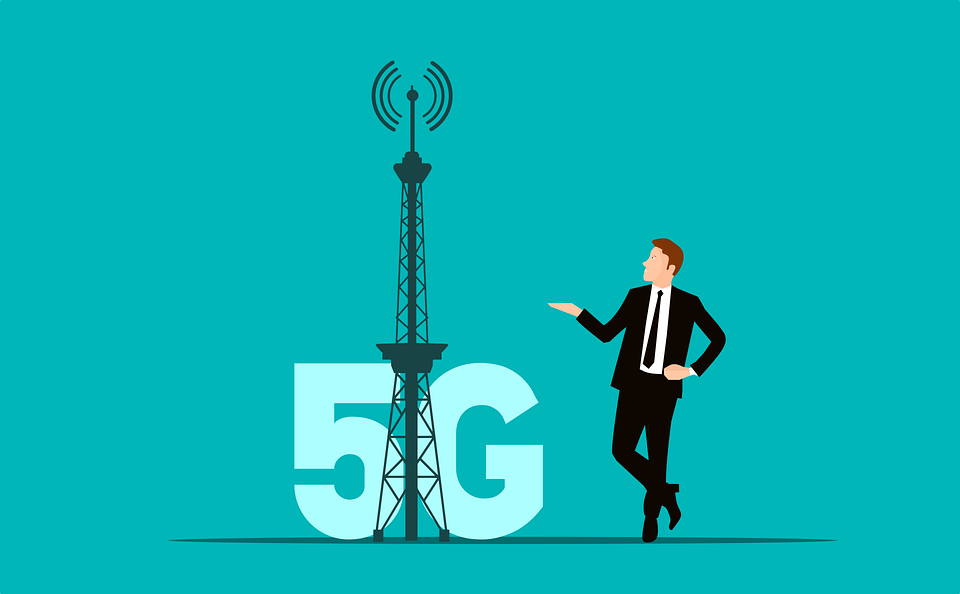5G Network Concept – The emergence of the fifth-generation (5G) network concept marks a significant milestone in the development of telecommunications. With its promise of faster speeds, lower latency, and higher bandwidth, 5G technology has the potential to revolutionize the way we live and work. In this article, we will take a closer look at the 5G network concept, including its definition, characteristics, benefits, and challenges.
Table of Contents
- Introduction
- What is 5G Network?
- Characteristics of 5G Network
- High Speed
- Low Latency
- High Bandwidth
- Network Slicing
- Benefits of 5G Network
- Enhanced Mobile Broadband (eMBB)
- Massive Machine-Type Communications (mMTC)
- Ultra-Reliable and Low-Latency Communications (URLLC)
- Challenges of 5G Network
- Infrastructure Deployment
- Spectrum Availability
- Security Concerns
- Future of 5G Network
- Conclusion
- FAQs
Introduction
The 5G network concept has been in development for many years and is now gaining momentum as network providers roll out their networks around the world. 5G is the fifth generation of wireless networks, following 1G, 2G, 3G, and 4G/LTE. While previous generations have focused on increasing data speeds, 5G is designed to deliver a more comprehensive set of features to meet the growing demands of consumers and businesses.
What is 5G Network?
5G is a wireless network technology that promises to deliver faster download and upload speeds, lower latency, and higher bandwidth than its predecessors. It uses a combination of different technologies, including advanced antenna designs, virtualization, and network slicing, to provide these benefits.
Characteristics of 5G Network
High Speed
One of the most significant features of 5G is its speed. 5G networks can deliver data rates of up to 20 Gbps, which is much faster than 4G/LTE networks. This speed enables consumers to download movies, stream video content, and play online games without experiencing buffering or lagging.
Low Latency
Latency is the time it takes for a data packet to travel from one device to another over a network. 5G networks have a lower latency than 4G/LTE networks, which means that data can be transmitted more quickly. This feature is critical for applications that require real-time data, such as remote surgeries and autonomous driving.
High Bandwidth
5G networks have a higher bandwidth than 4G/LTE networks, which means that they can handle more data at once. This feature is essential for supporting the growing number of devices that are connected to the internet, including smartphones, tablets, and Internet of Things (IoT) devices.
Network Slicing
Network slicing is a technology that enables network providers to divide their networks into different virtual networks. This feature allows providers to allocate resources to specific applications or services, ensuring that they receive the necessary bandwidth, latency, and other network resources.
Benefits of 5G Network
Enhanced Mobile Broadband (eMBB)
One of the primary benefits of 5G is enhanced mobile broadband (eMBB). This feature enables consumers to enjoy faster download and upload speeds, higher-quality video streaming, and improved gaming experiences.
Massive Machine-Type Communications (mMTC)
Massive Machine-Type Communications (mMTC) is a feature that enables 5G networks to support a large number of IoT devices. This feature is critical for enabling the deployment of smart cities, autonomous vehicles, and other IoT applications.
Challenges of 5G Network
While the benefits of 5G are significant, there are also several challenges associated with its deployment and adoption.
Infrastructure Deployment
One of the primary challenges of 5G is infrastructure deployment. The technology requires a significant amount of investment in infrastructure, including the installation of new base stations and antennas. This infrastructure deployment can be expensive and time-consuming.
Spectrum Availability
Another challenge associated with 5G is spectrum availability. 5G networks require access to high-frequency spectrum, which is limited in availability. This spectrum must be allocated by governments and regulators, which can be a slow and complicated process.
Security Concerns
As with any new technology, there are also security concerns associated with 5G. The increased connectivity and data transfer capabilities of 5G networks make them more vulnerable to cyber attacks, and there are concerns about the security of devices and applications that rely on 5G networks.
Future of 5G Network
Despite the challenges associated with its deployment, the future of 5G is bright. The technology is expected to continue to evolve, with new features and capabilities being added over time. As the number of devices connected to the internet continues to grow, 5G will become increasingly important in supporting the next generation of applications and services.
Conclusion
The 5G network concept is a significant development in the telecommunications industry, offering faster speeds, lower latency, and higher bandwidth than previous generations of wireless networks. While there are challenges associated with its deployment and adoption, the benefits of 5G are significant and promise to revolutionize the way we live and work.




